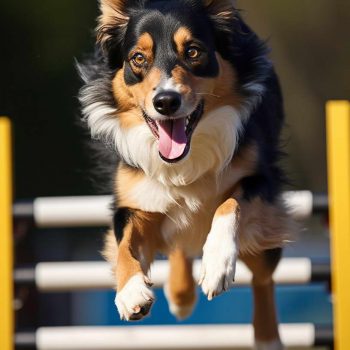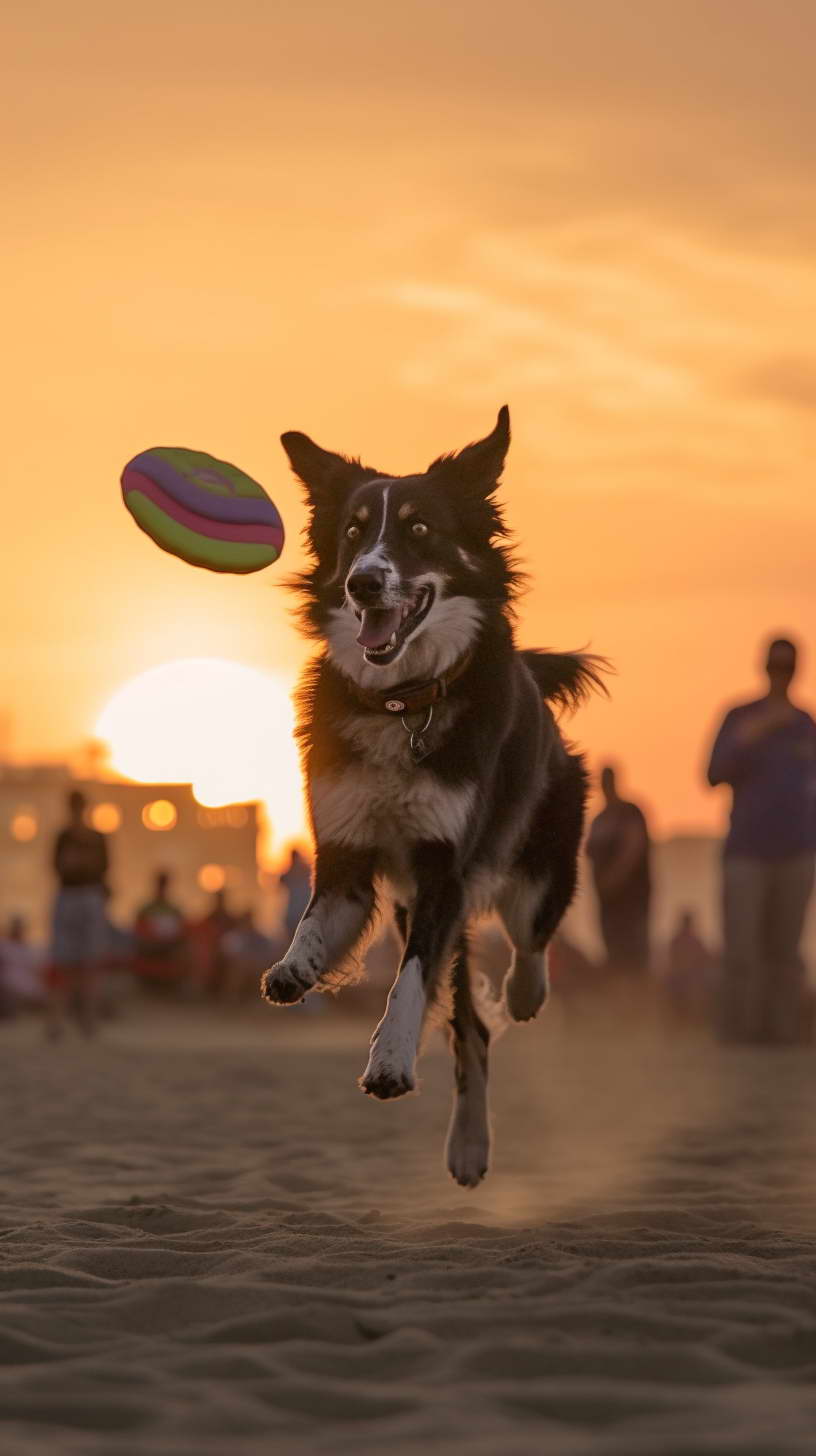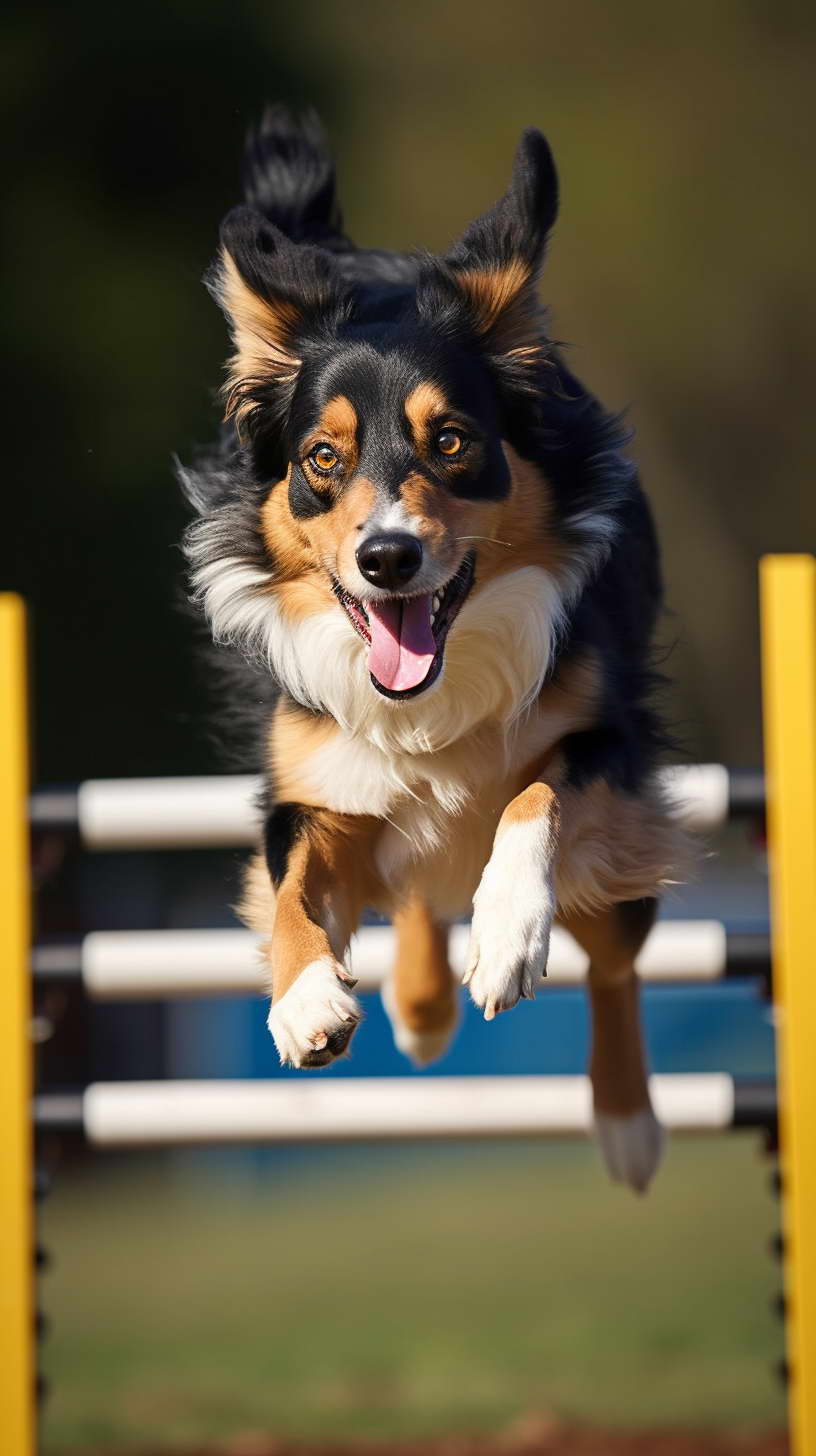German Shepherd Border Collie Mix Agility Training: How to Develop a Stable, Athletic Canine Companion
German Shepherd Border Collie mix owners know just how active and intelligent these dogs can be. These breeds are known for their athleticism, high energy levels, and eagerness to please their owners. Agility training is an excellent way to channel these qualities while providing your pup with fun activities that will improve both physical and mental well-being. In this guide, we’ll give you a step-by-step approach to agility training for your German Shepherd Border Collie mix.
Acquiring Agility Training
Before beginning any training regimen, it’s essential to comprehend what agility training entails. Agility training involves guiding your pup through an obstacle course with timed objectives to complete it as quickly and accurately as possible. Obstacles may include tunnels, jumps, weave poles, and more obstacles. Not only is agility training fun for dogs but it also promotes cardiovascular health, improves coordination, and boosts mental acuity.
Preparing for Agility Training
Before beginning agility training, your dog must be physically fit and healthy enough for participation. Make an appointment with your veterinarian to confirm that they have received all necessary vaccinations and are in optimal health for participation in agility drills.
Second, ensure your dog has good socialization and responds appropriately to commands. Enroll them in basic obedience training before beginning agility training so they become proficient with basic commands like sit, stay, and come.
Finally, invest in reliable equipment such as sturdy collars, harnesses, and leashes. Additionally, you’ll need agility-specific items like tunnels, jumps, and weave poles. Begin with basic items and gradually increase the difficulty as your dog progresses.
Starting Agility Training
Begin your agility training with simple obstacles like jumps and tunnels. Encourage your dog to jump over low hurdles and through short tunnels, rewarding them with treats and praise when they succeed.
Once your pup has mastered the basic obstacles, introduce more complex ones like weave poles and A-frames. Take time to train your pup to overcome each challenge one at a time.
Slowly begin to incorporate multiple obstacles into a course, rewarding your dog with treats and praise as they complete each obstacle.
Tips for Successful Agility Training
Agility training can be a fun and demanding activity for both dogs and their owners. Here are some tips to ensure successful agility training with your German Shepherd Border Collie mix:
Before beginning agility training, make sure your dog has basic obedience skills such as sit, stay, come, and heel. This will facilitate communication between both of you and make teaching new behaviors much simpler.
- Select the Appropriate Equipment: Invest in quality agility equipment that is safe and suitable for your dog’s size and skill level. Begin with basic obstacles like jumps, tunnels, and weave poles; as your pup progresses, add more difficult obstacles as he/she gains experience.
- Set Achievable Goals: Agility training requires patience and practice, so set achievable objectives for your dog’s progress. Don’t try to rush the process or push your pup too hard as this could lead to injury or frustration.
- Utilize Positive Reinforcement: Use positive reinforcement techniques such as treats, toys, and praise to reward your dog for good behavior and progress. Doing this will help create a positive association with agility training and motivate them to continue learning.
- Practice Regularly: Make time for agility training several times a week, at least. Consistency is the key to successful training, so make sure to block off dedicated time for sessions.
- Keep It Fun: Agility training should be an enjoyable activity for both you and your dog. Make the sessions positive by including games and challenges, and always end on a positive note.
By following these tips, you can help guarantee successful agility training for your German Shepherd Border Collie mix. Always put your dog’s safety and well-being first – and remember to have some fun along the way!
Conclusion
Agility training for German Shepherd Border Collie mix dogs is an excellent way to give them physical and mental stimulation while improving their health and well-being. Start with basic obstacles, gradually increase the difficulty level, and always use positive reinforcement. With regular practice and patience, both you and your pup will be able to conquer an agility course with ease!
FAQs
- Agility training is generally safe for dogs of any age or breed. However, it’s wise to consult a veterinarian before beginning any training regimen to make sure your pup is healthy enough to participate.
- How long does it take to train a dog for agility?
The time it takes to teach your pup depends on their age, breed, and natural abilities. With consistent practice and patience though, most can become proficient in agility training within several months. - Can I train my dog for agility without the assistance of a professional trainer?
Yes, you can train your pup independently; however, it is recommended to enroll in a basic obedience class before beginning agility training. Furthermore, consider joining an agility training group or attending workshops to enhance your training techniques. - Is agility training dangerous for dogs?
Agility training is usually safe for dogs as long as it’s done correctly and safely. Start with basic obstacles, then gradually increase the difficulty level; also make sure that your pup is physically fit and healthy enough to participate. - Can agility training improve my dog’s behavior?
Agility training can benefit your pup by providing mental and physical stimulation, encouraging obedience and positive reinforcement, and strengthening the bond between you and your canine companion. Furthermore, it may reduce boredom or destructive behaviors in high-energy dogs by decreasing boredom-induced behaviors.



Leave a Reply